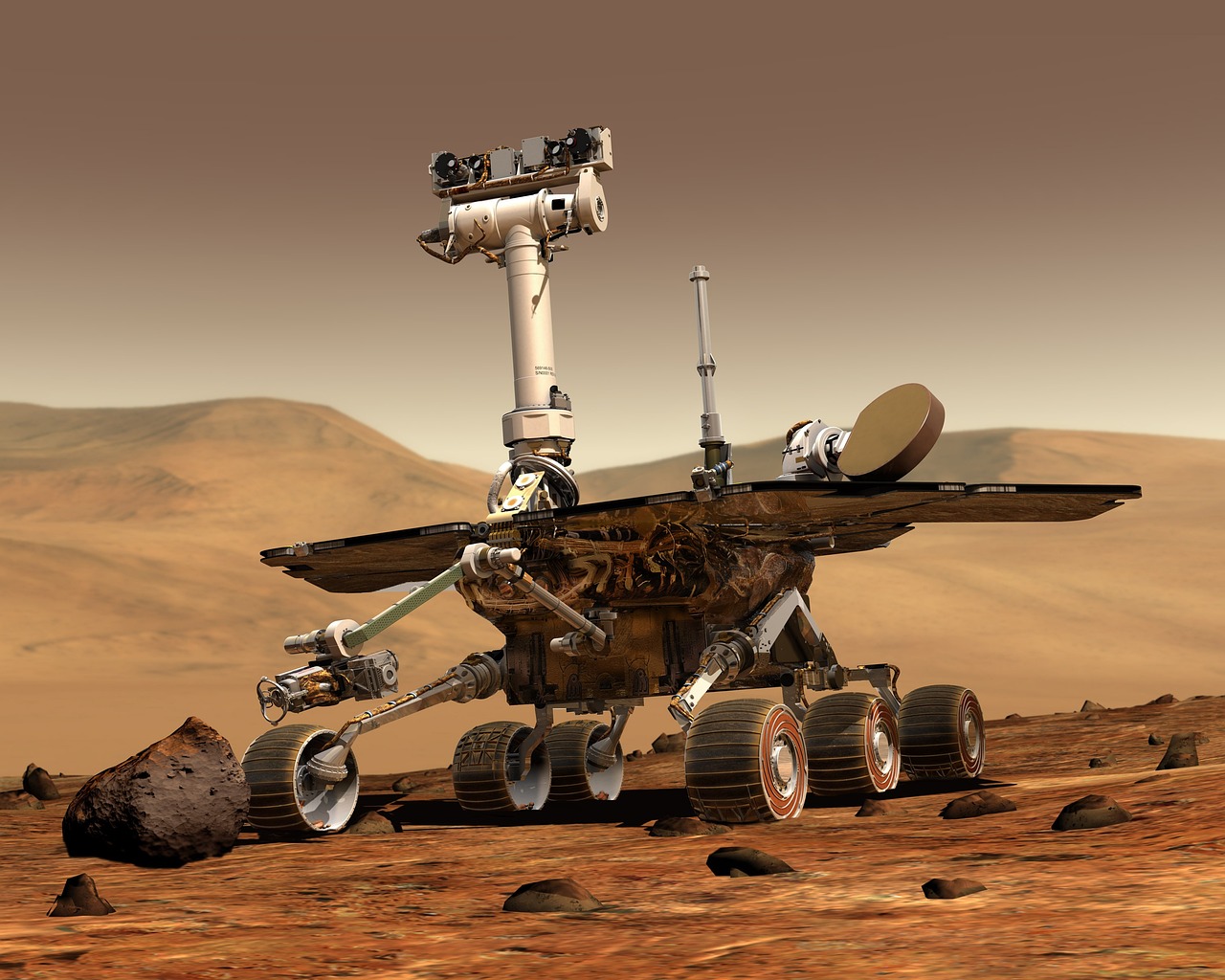**Introduction:**
In recent decades, the field of robotics has undergone a transformative evolution, propelling society into an era where intelligent machines are no longer confined to science fiction novels but are integral to everyday life. Modern robotic systems have transcended their traditional roles in industrial automation to become indispensable assets across various sectors, including healthcare, agriculture, transportation, and entertainment. This article explores the emergence, advancements, and impact of modern robotic systems on society.
**The Emergence of Modern Robotics:**
The roots of modern robotics can be traced back to the mid-20th century when pioneers like George Devol and Joseph Engelberger introduced the first industrial robots capable of performing repetitive tasks in controlled environments. These early machines laid the foundation for the development of more sophisticated robotic systems equipped with advanced sensors, actuators, and artificial intelligence (AI) algorithms.
**Advancements in Robotics Technology:**
One of the most significant advancements in modern robotics is the integration of AI and machine learning algorithms, enabling robots to perceive, reason, and adapt to dynamic environments autonomously. Machine learning techniques, such as deep learning, have revolutionized robotic perception, allowing machines to recognize objects, navigate complex terrains, and interact with humans with unprecedented accuracy and efficiency.
Furthermore, the miniaturization of components, improvements in battery technology, and the advent of soft robotics have expanded the capabilities of robots, enabling them to operate in confined spaces, collaborate with humans safely, and perform delicate tasks with dexterity and precision. Additionally, advancements in connectivity and cloud computing have facilitated the development of distributed robotic systems capable of collective intelligence and decentralized decision-making.
**Applications of Modern Robotic Systems:**
The versatility of modern robotic systems has led to their widespread adoption across various industries and domains. In healthcare, robots are revolutionizing patient care by assisting surgeons in minimally invasive procedures, providing physical therapy to patients with mobility impairments, and dispensing medication in hospitals and pharmacies. Robotic exoskeletons are also helping individuals with disabilities regain mobility and independence, enhancing their quality of life.
In agriculture, robots equipped with sensors and AI algorithms are optimizing crop management practices, monitoring plant health, and autonomously performing tasks such as planting, weeding, and harvesting. These agricultural robots not only increase efficiency and productivity but also reduce the environmental impact of farming by minimizing the use of pesticides and fertilizers.
In the transportation sector, autonomous vehicles are reshaping the future of mobility by offering safer, more efficient, and environmentally friendly transportation solutions. From self-driving cars and trucks to autonomous drones and delivery robots, these vehicles are poised to revolutionize urban transportation, logistics, and last-mile delivery services.
Moreover, modern robotic systems are finding applications in disaster response, search and rescue operations, space exploration, entertainment, and education, demonstrating their versatility and adaptability across diverse scenarios and environments.
**Impact on Society:**
The proliferation of modern robotic systems is transforming various aspects of society, offering numerous benefits while also raising ethical, social, and economic considerations. On the one hand, robots are enhancing productivity, efficiency, and safety in industries ranging from manufacturing and construction to healthcare and agriculture. They are also creating new job opportunities in fields such as robotics engineering, software development, and maintenance.
However, the widespread adoption of robotics also poses challenges related to job displacement, income inequality, and ethical dilemmas surrounding automation and AI. As robots replace human workers in certain tasks, there is a growing need for reskilling and upskilling initiatives to ensure that the workforce remains relevant and competitive in the digital age. Additionally, there are concerns about the ethical implications of autonomous robots, including issues related to privacy, security, accountability, and bias in AI algorithms.
Furthermore, the unequal distribution of robotic technologies across regions and socioeconomic groups exacerbates existing disparities, raising questions about accessibility, affordability, and inclusivity in the adoption of robotics. Addressing these challenges requires a multidisciplinary approach involving policymakers, industry leaders, researchers, and stakeholders to develop ethical frameworks, regulations, and strategies that promote the responsible deployment and use of robotic systems.
**Conclusion:**
In conclusion, modern robotic systems represent a remarkable fusion of technology, engineering, and innovation that is reshaping the way we work, live, and interact with the world around us. From autonomous vehicles and surgical robots to agricultural drones and companion robots, these intelligent machines are revolutionizing industries, enhancing quality of life, and driving economic growth. However, realizing the full potential of robotics requires addressing the ethical, social, and economic implications while promoting inclusivity, accessibility, and responsible innovation. By harnessing the power of robotics for the benefit of society, we can create a future where humans and machines collaborate synergistically to tackle the challenges of the 21st century.



You must be logged in to post a comment.